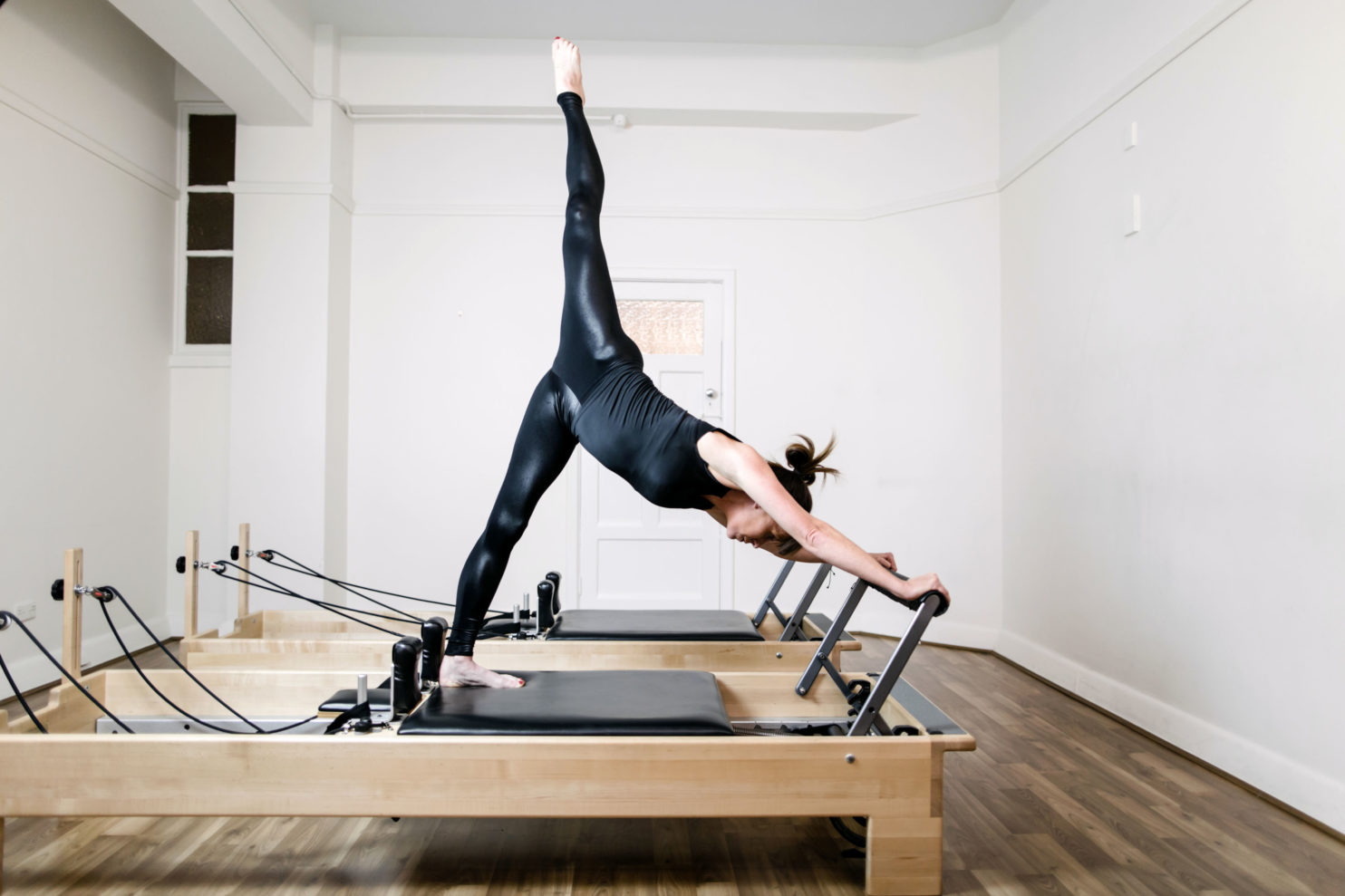A quick Google search will tell you that Pilates is extremely popular. People all over the world enjoy the workout to tone and strengthen the body, improve flexibility, mobility, and overall fitness. But Pilates is not a singular term. And many who practice one form, don’t realise there are many other types of Pilates, all differing in their approach and effectiveness.
From Mat and Reformer, to Studio and Clinical, the options can be confusing, and it can be hard to know which Pilates is best suited for your specific fitness goals. Here, we dispel the myths, and break down the benefits and drawbacks of the different types of Pilates.
MAT PILATES
Performed on the floor, Mat Pilates was the way Joseph Pilates originally began teaching his specific routine of movements, and involves little to no equipment. Today, Mat classes continue to be challenging and heavily focused on strengthening the core.
Though the low price point will be enticing, Mat Pilates is often taught in large groups and will therefore give limited individual attention to participants.
CONTEMPORARY STUDIO PILATES
Contemporary Studio Pilates (the style of class we run at Pilates on Collins) is taught in fully equipped studios under expert instruction, and is seen by many as the most comprehensive style, catering to everything from rehab and sports training to general fitness and pregnancy.
Classes often combine classical exercises as created by Joseph Pilates, with more contemporary variations, equipment and modern learnings of biomechanics, sports science and physiotherapy. This fusion, along with the fact that classes are run as private or semi private with maximum 4 people, make Studio Pilates an extremely individually focused and powerful form of exercise.
During your class, expect to see teachers inventing and modifying exercises on the spot in order to achieve the best outcome for their client, along with utilising the full range of Pilates equipment, including the Trapeze Table, Wunda Chair and barrels.
While pricing can be higher than other types of Pilates, the superior level of service and training, and small class sizes makes Contemporary Studio Pilates worth every cent.
GROUP REFORMER PILATES
As the name suggests, Group Reformer Pilates offers a dynamic, full body workout all on one piece of equipment: the Reformer.
Reformer Pilates is all about flow, and classes will see you being guided through a series of exercises on the machine, using resistance springs to increase or decrease difficulty. The large classes, between 8 to 30 people, are fun, energetic, will have you working up a sweat, and are great for improving general fitness.
However, as popularity rises, and more and more Reformer franchises open, the quality of Pilates instructor is not always guaranteed. And while classes are more affordable than studio, their large size often means less opportunity for teachers to give individual attention to people’s goals and concerns.
CLINICAL PILATES
Clinical Pilates has recently become popular for its presumed link to the medical profession. However, the name can be misleading, as Clinical Pilates often disregards the traditional Pilates method and understanding of the entire body, and instead simply uses Pilates equipment as a tool to treat a specific injury. This approach lacks the holistic nature of Pilates, and largely fails to fully address the needs of the person beyond basic rehabilitation.
CLASSICAL PILATES
Similar to Studio Pilates, Classical Pilates typically takes place in a fully equipped studio environment. The classes pay homage to the work of Joseph Pilates, and stick as closely as possible to his original series of movements; each one performed in a specific order, and designed to build on the one before it. In order for this form of Pilates to be effective, it needs to be taught by highly trained instructors of Joseph’s method.
Speak to us today to get started -> Contact

